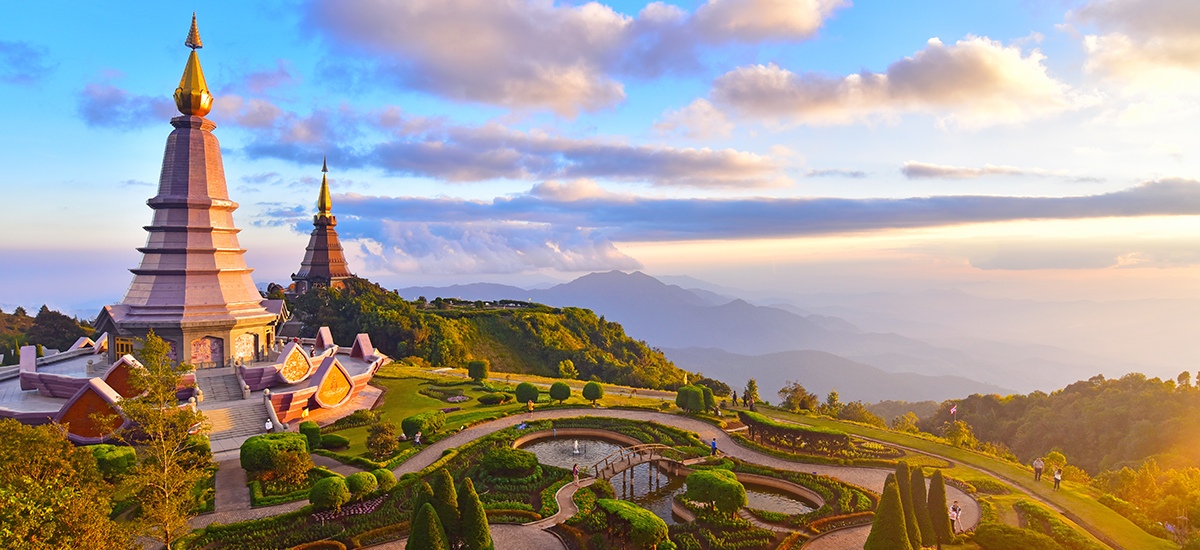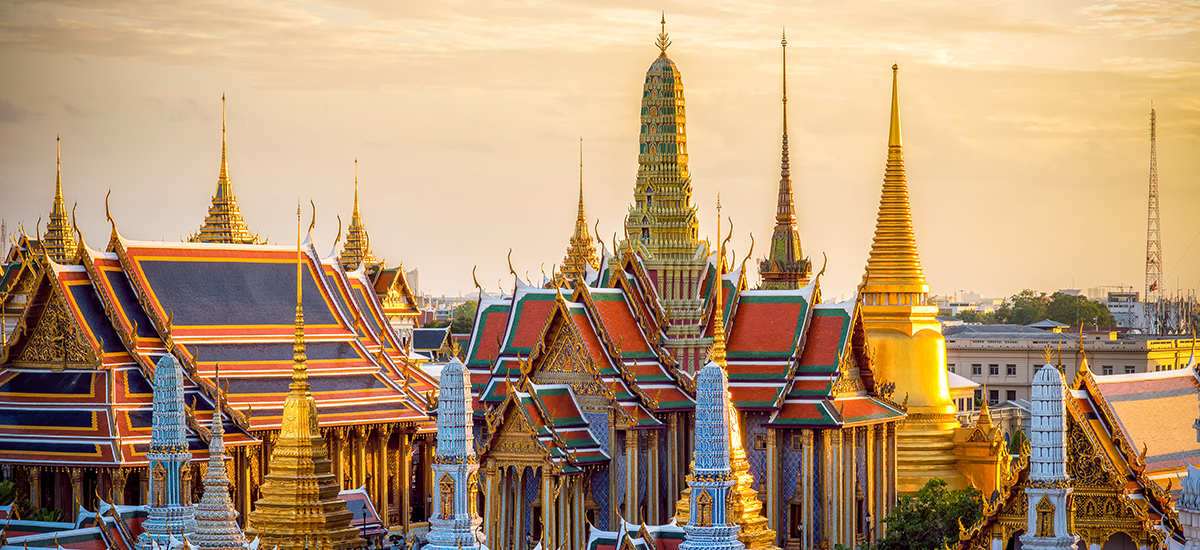As part of Indian festivities, a colourful and traditional art makes its way with aplomb and enthusiasm. Gracing the entrances to Indian households is the vibrant display of rangoli that is seen to be the harbinger of good luck and years of happiness. If you grew up in India, you probably unleashed your creative mastery once a year on either Diwali, or another festival, with elaborate rangoli designs complete with flower petals, rice grains, powdered colour, and diyas.
Rangoli is known to be the first step to conducting any auspicious activity as its beauty and intricate details hold many prayers and sheer reverence. People find in themselves the passion to draw and design – by hand – images of Gods and Goddesses, lotus flowers, peacocks, abstract designs, auspicious symbols, and much more.
Although, rangoli has evolved tremendously over the years, its essence remains in the very act of preparing for it. Cleaning the house once the sun rises, drawing out an outline with chalk or flour, filling in the design of choice with the usual suspects together leads to the creation of something that is at once serene, and fulfilling.
This Diwali, learn a thing or two about the ‘Art of Rangoli‘ and what it signifies in different places across India, its evolution from tradition to present day, and its importance for the people of this country.
The different forms of rangoli as seen in different cities in India
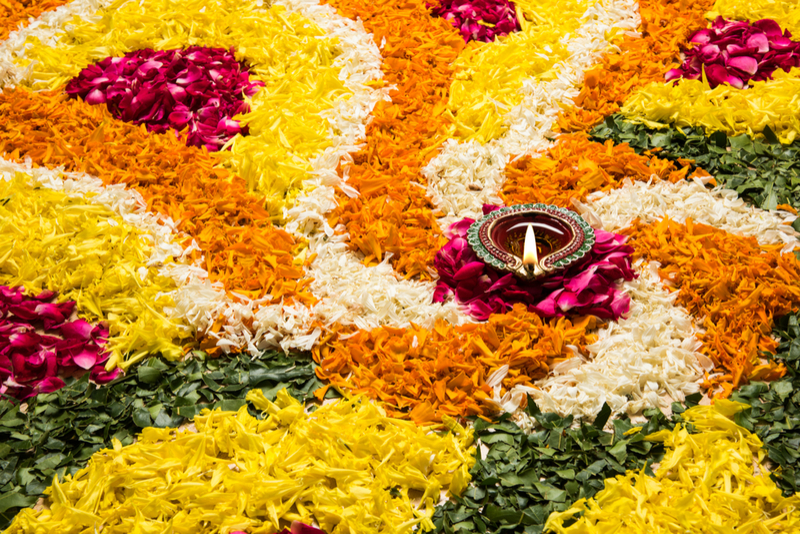
Not only does the art of rangoli hold a significantly important position across India, each of these cities or states have their own way of addressing it. For instance, in West Bengal it is termed as ‘alpana‘, in Odisha it is called ‘murja‘, in Kerala ‘golam‘, and in Chattisgarh it is called ‘chowkpurana‘.
Whatever the moniker, the fundamentals of rangoli remain more or less the same. Drawn before any auspicious practice, or to mark the beginning of a festival, the grandiose creations work as a symbol of prosperity, beauty, positivity, and good luck.
Read: Diwali 2017: How is Diwali celebrated across India? Unique practices, customs & traditions!
Traditional practice of rangoli and its significance
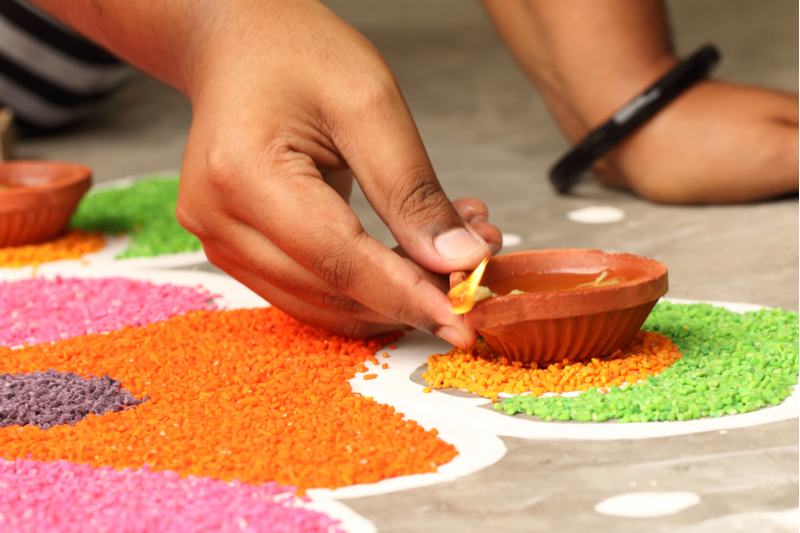
Since the olden days, women have been waking up in the wee hours of morning to start drawing out the plans of what would become a splendid artwork of colour, heart, and soul. Whether it is to do with an ancient myth in Tamil Nadu of Andal who worshipped Lord Thirumal and finally married him, or the development of this art in the royal courts of the Chola rulers in the South, rangoli is an art that carries with it the weight of years of culture, heritage, and history.
It is an art form that delves into the deepest corner of history and emerges as a practice that continues to be a crucial part of major festivities. For the reasons it remains essential, rangoli is imperative for religious and spiritual activities.
More Ideas: 6 Easy Ways To Enjoy Diwali With Your Loved Ones
Quality time spent with the family making rangoli
Besides the traditional meaning behind rangoli, there are certain other elements that make it the one activity everyone looks forward to. Once the floors in front of the door are all cleaned and prepped, everyone gets together to add their two cents in the design. Whether it is separating petals, categorising colours, drawing out the design first and foremost, or decorating the completed picture with diyas, these tasks are divided amongst the young members of the family and elders alike.
Making rangoli has quickly become a family favourite, where everyone happily and boisterously takes this occasion to talk amongst each other, spend quality time, appreciate the delicacies of rangoli-making, and lastly to work together in harmony!
Our Exclusive Findings: Diwali 2017: Here are 10 most popular hometown cities Indians will travel to. Is yours on the list?
Modern ways of making rangoli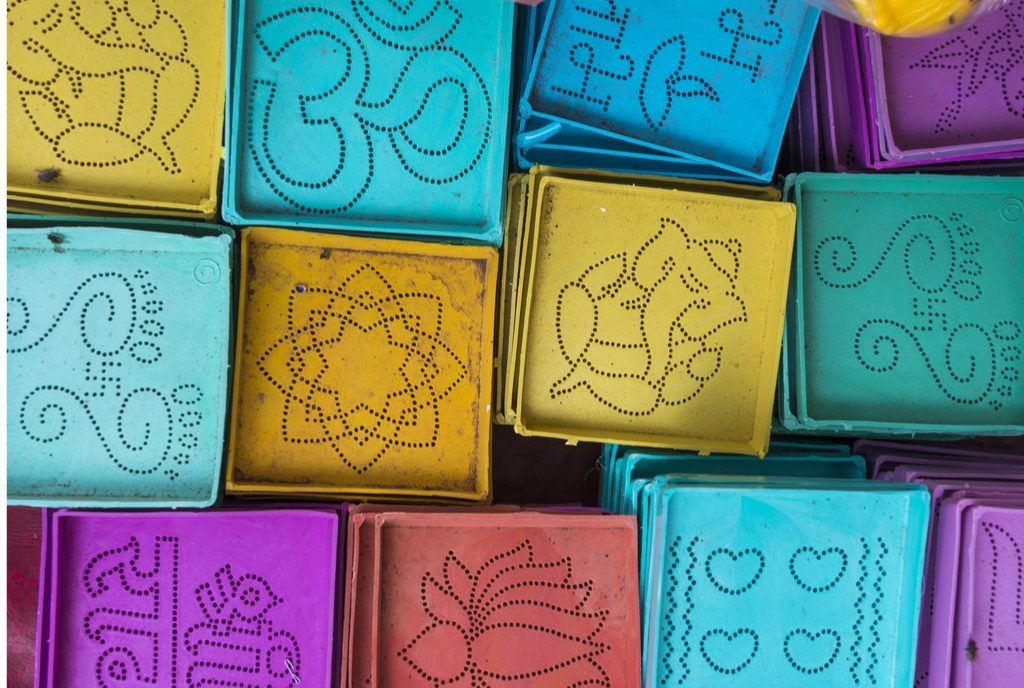
Years later, rangoli is and will continue to be a part of Diwali festivities, as with other important festivals in India. However, as opposed to the classical materials and methods of creation – colour, flowers, hand-drawn designs – people have invented special ways to make it extravagant and effortless, in a way that highlights the beauty of this art form and enhances it in so many ways.
The markets are flush with stencils in the shape of lotus flowers, goddess Lakshmi, religious symbols and more. You will find shapes like ‘sacred feet’ that are drawn leading up to the entrance to the home. All you need to do is sprinkle it with colour to get the desired results. The beauty lies in the way people intersperse traditional practices with modern tools to conjure stunning, sinuous, and auspicious designs!




